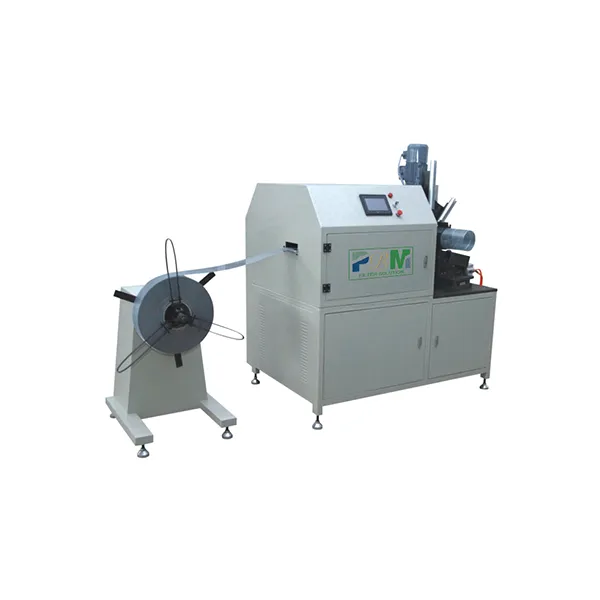Dec . 19, 2024 15:40 Back to list
Affordable Water Filtration Materials for Improved Purity and Cost Efficiency
Exploring Affordable Water Filter Materials for Everyday Use
Water is essential for life, yet access to clean and safe drinking water remains a significant challenge in many parts of the world. As the demand for affordable water filtration solutions grows, several materials stand out for their effectiveness and cost-efficiency. This article explores some of the most popular cheap water filter materials, their benefits, and how they can be used to ensure safe drinking water.
Activated Carbon
One of the most common and effective materials used in water filtration is activated carbon. It is derived from carbon-rich materials, such as coconut shells, peat, or wood, that have been processed to create a porous structure. This porosity increases the surface area, allowing activated carbon to adsorb impurities effectively.
Benefits Activated carbon filters are excellent for removing chlorine, volatile organic compounds (VOCs), and other contaminants that can affect water quality and taste. They are widely used in household water filters, pitcher filters, and under-sink systems due to their affordability and simplicity.
Use To create a basic activated carbon filter, one can fill a container with activated carbon granules, ensuring that the water passes through this layer. Although effective, it's essential to replace the carbon regularly to maintain its filtering ability.
Sand and Gravel
Sand and gravel are other inexpensive materials frequently used in water filtration systems, especially in larger-scale applications. Layered together, these materials can create a simple yet effective mechanical filter that removes larger particles and sediment.
Benefits Sand and gravel filters are highly effective for pre-treatment processes, particularly in wells or surface water sources
. They provide a natural filtration method that can be constructed easily in rural or emergency situations.Use In a DIY setting, one can build a basic sand filter by layering different sizes of gravel and sand in a container. Water is poured through the layers, and as it moves downward, larger particles are trapped in the gravel while smaller particles are filtered by the sand.
Ceramic Filters
cheap water filter material

Ceramic filter elements are another cost-effective solution for water purification. Made from natural clay materials, these filters have tiny pores that allow water to pass through while blocking bacteria and larger particles.
Benefits Ceramic filters are durable, reusable, and can effectively remove pathogens, making them suitable for areas where biological contamination is a concern. They are often used in home filtration systems and portable water filters.
Use Ceramic filters can be found in various forms, including candle filters or as part of larger filtration units. Regular cleaning is essential to maintain flow rates and effectiveness, typically accomplished by scrubbing the filter surface with a brush to remove any accumulated contaminants.
Bio-Sand Filters
Bio-sand filters incorporate biological processes into the filtration method. They consist of layers of sand and gravel but also include a top layer that supports microbial growth. The microorganisms contribute to the filtration process by breaking down organic matter and pathogens.
Benefits These filters are highly effective at removing harmful bacteria and parasites while enhancing the water's quality. They are particularly well-suited for developing countries and rural areas where access to advanced filtration technologies is limited.
Use Bio-sand filters can be constructed using available materials like concrete or plastic containers. With the right maintenance, they can provide safe drinking water for years.
Conclusion
Accessing clean water is a fundamental human right, and using affordable filtration materials can significantly improve water quality in both developed and developing regions. Activated carbon, sand and gravel, ceramic filters, and bio-sand filters are all cost-effective options that don’t compromise on efficacy.
While these materials can be utilized in homemade filter systems, it is vital to understand their limitations and maintenance requirements. Regular monitoring and replacement of filter media will ensure that these systems continue to provide safe drinking water. By leveraging these accessible materials and techniques, communities can take proactive steps toward enhancing public health and well-being, making a significant difference in the lives of many.
-
Premium Acrylic-Resin Air Filter Paper in Roll | High Efficiency
NewsAug.19,2025
-
PLAB-6 A B Two Compounds Filter End Cap Gluing Machine-Hebei Filter Man|Precision Gluing,Automated Production
NewsAug.18,2025
-
PLAB-6 A B Two Compounds Filter End Cap Gluing Machine - Hebei Filter Man Automotive Parts Trading Co., Ltd | Adjustable Gluing Parameters, Automated Precision
NewsAug.18,2025
-
PLAB-6 A/B Two Compounds Filter End Cap Gluing Machine-Hebei Filter Man|Precision Engineering&Efficiency
NewsAug.18,2025
-
Active Carbon Air Filter for Purifier: Superior Air Quality & Odor Removal
NewsAug.18,2025
-
PLAB-6 Gluing Machine-Hebei Filter Man|Precision Gluing,Automated Filtering
NewsAug.17,2025
